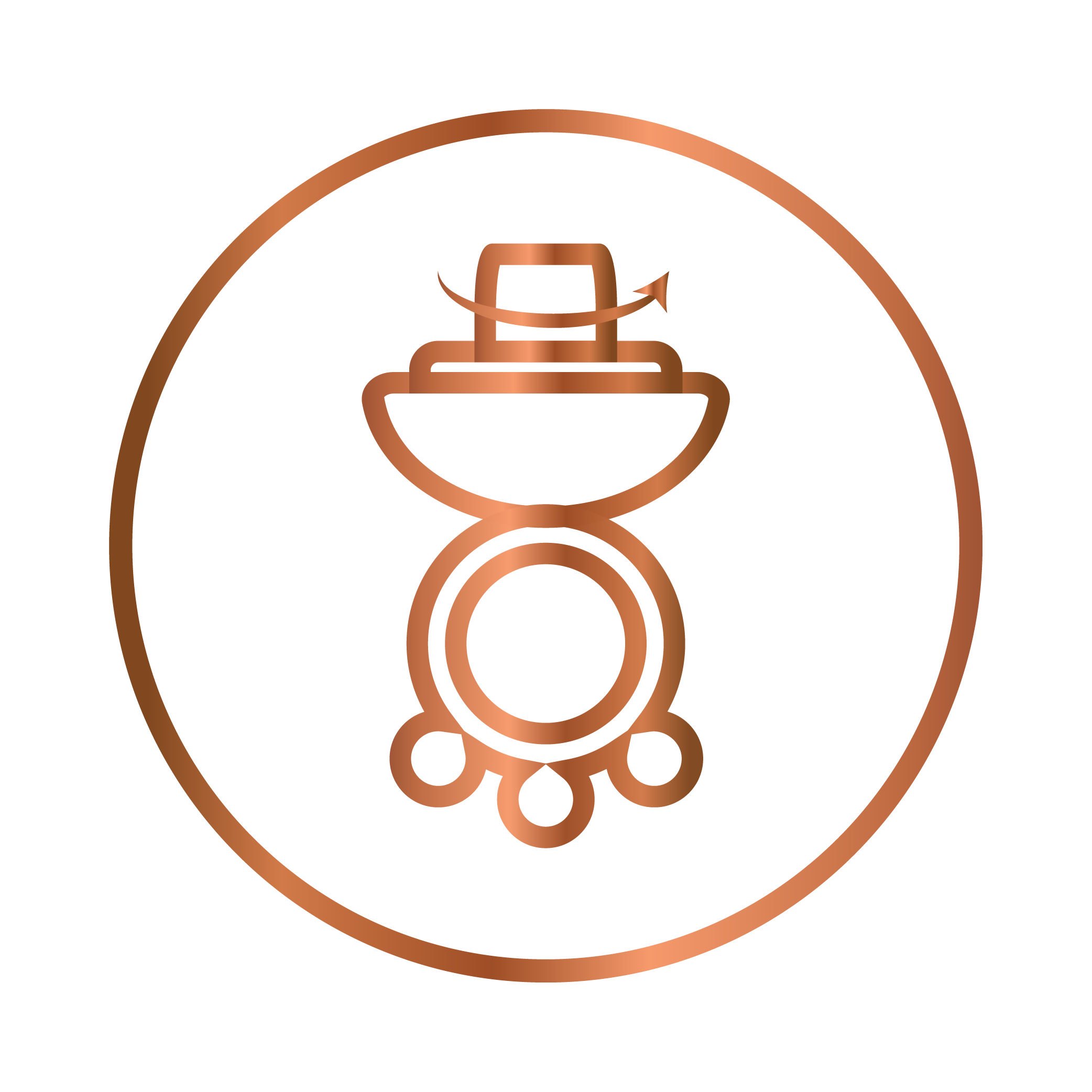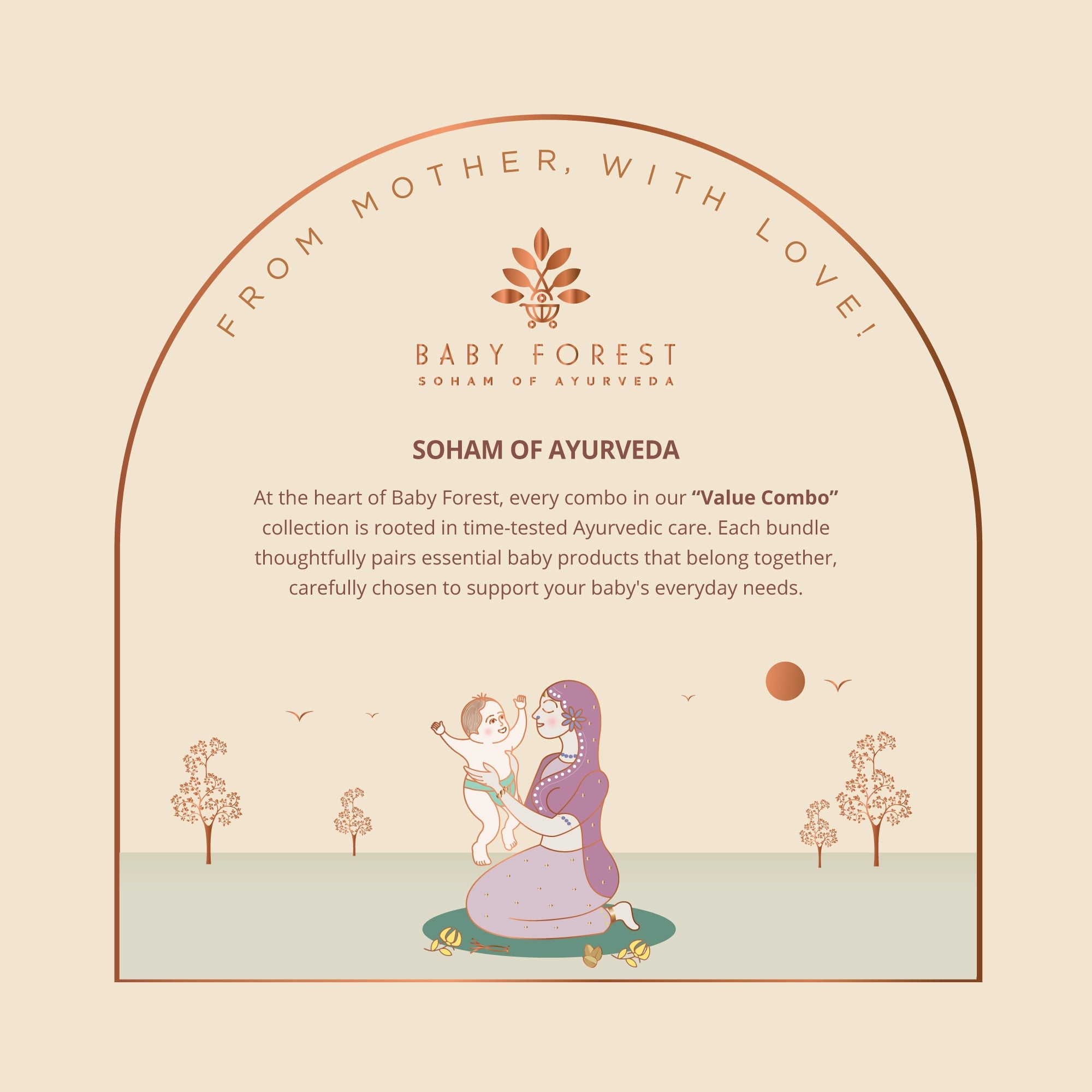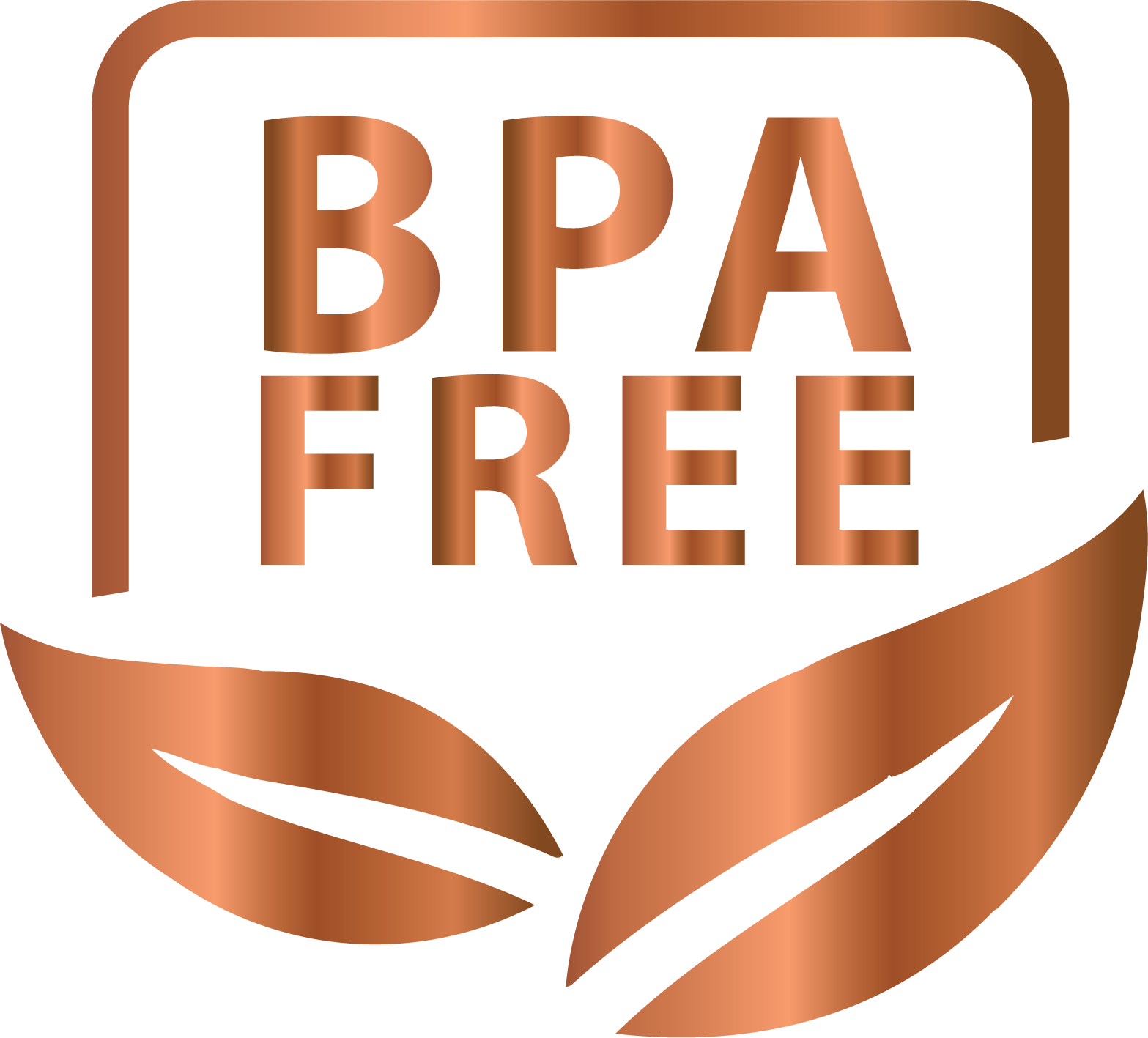Your Baby Benefits

Food-Grade Material
Crafted from the highest quality, BPA-free materials, completely safe for your baby.

Unique Turner
According to the baby's consumption, the counterclockwise knob handle will continue to push the food.

Breathable Design
Ventilation holes on both sides for smooth breathing and long-lasting comfort.

Natural Rubber
Our teether is made of natural rubber, which is known for its durability and softness. It is gentle on your baby's gums and provides a comforting massage.
FAQs
When do babies usually start teething?
Teething typically starts between 4 to 6 months, though every baby is different. Some show early signs like drooling, swollen gums, or wanting to chew everything. This phase can be uncomfortable, but it’s also a sign of healthy development. Having safe teething tools handy can ease this transition and offer much-needed comfort to your little one.
What helps soothe a baby during teething?
Gentle gum massages, cold washcloths, and soft, chewable teethers can offer significant relief. Natural rubber teethers are particularly helpful as they’re gentle yet firm enough to massage sore gums. Most importantly, your baby benefits from your presence, cuddles, and understanding. A warm routine paired with safe teething aids often helps babies feel more at ease.
Are pacifiers safe for newborns?
Yes, Baby Forest pacifiers made from BPA-free, food-grade materials and designed for newborns can be safe and comforting. They help satisfy a baby’s natural sucking reflex and can soothe them during naps or fussiness. Our Sneh Dulaar Baby Pacifier is made with safety and oral comfort in mind, designed specifically for even the tiniest mouths.
Why do some parents introduce fruit feeders to their babies?
Fruit feeders are a gentle and safe way to introduce fresh tastes and textures while soothing teething gums. Babies can explore the flavors of fruits like banana, mango, or watermelon without choking hazards. A thoughtfully designed feeder, like the Laalan Paalan Baby Fruit Pacifier, also supports self-feeding and encourages sensory discovery in a mess-free manner.
Can a teether help my baby sleep better?
While teethers aren’t direct sleep aids, they do help ease gum discomfort, especially during bedtime. When a baby’s teething pain is soothed, they’re likely to fall asleep more peacefully. Soft, natural rubber teethers can calm crankiness, helping reduce irritation in the gums and making bedtime more restful for both baby and parent.
How do I clean pacifiers and teethers?
Clean them daily using warm water and mild baby-safe cleanser. For thorough hygiene, ensure no residue or water is trapped inside the item. Baby Forest products are designed with easy-to-clean shapes and smooth surfaces that don’t trap dirt, making them simple to maintain, even on busy parenting days.
Do all babies need a pacifier?
Not necessarily. While many babies find comfort in sucking, others may not take to pacifiers at all. It depends on your baby’s temperament and needs. Some parents use pacifiers during specific times, like sleep or travel. As long as you use one that’s safe and age-appropriate, it can be a helpful tool in your baby care kit.
What should I look for in a good teether?
Choose teethers made from soft, non-toxic, and natural materials. A good teether should be easy for small hands to hold and gentle on sore gums. Options like natural rubber teethers are eco-conscious and baby-friendly. Always check for cracks or wear, and make sure the design doesn’t pose a choking hazard or have detachable parts.
How can I ensure my baby’s safety while using these tools?
Always supervise your baby while using pacifiers, teethers, or fruit feeders. Clean them regularly and check for signs of wear. Look for designs with built-in safety features, like breathable holes or locking mechanisms. The Baby Forest oral care tools have been ergonomically shaped with ventilation and safety features to support both comfort and peace of mind.
Why do some pacifiers have holes on the sides?
Ventilation holes in pacifiers serve an important safety purpose; they allow air to flow in case the pacifier covers part of the baby’s face. This prevents suction-related discomfort and supports easier breathing. It’s a small but significant design element that enhances comfort and safety, especially during sleep or longer use.










